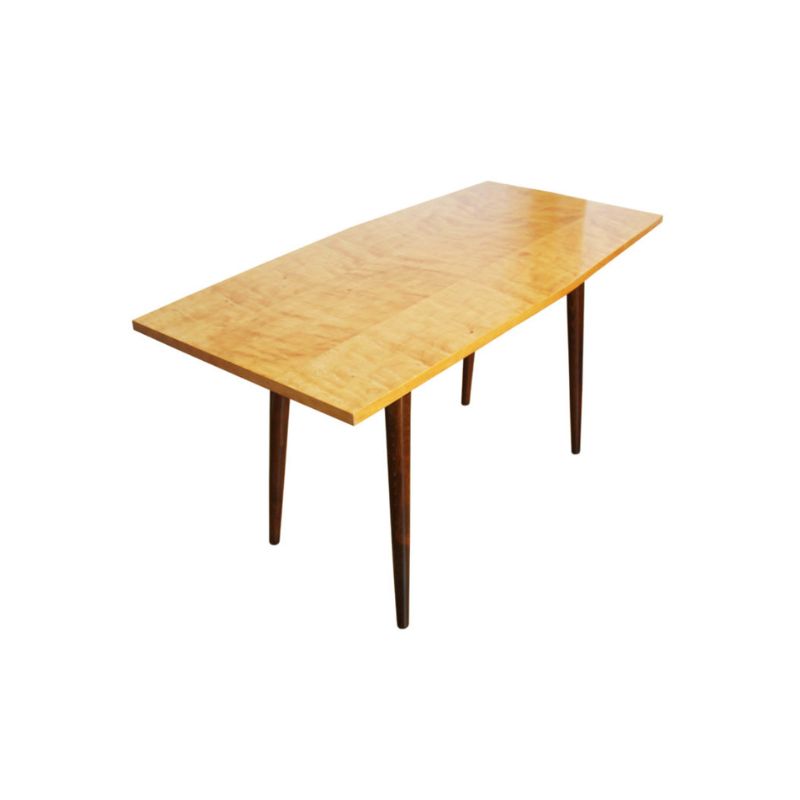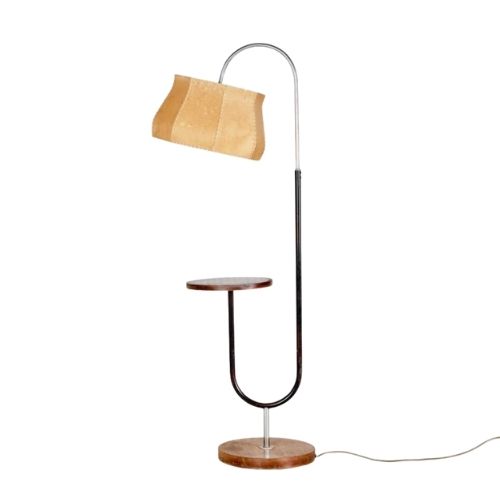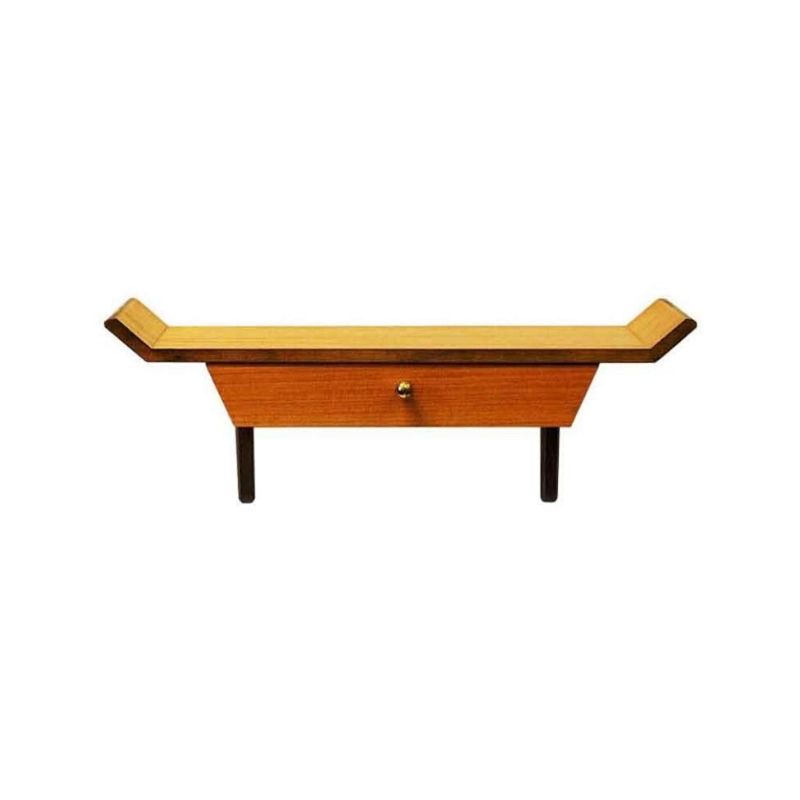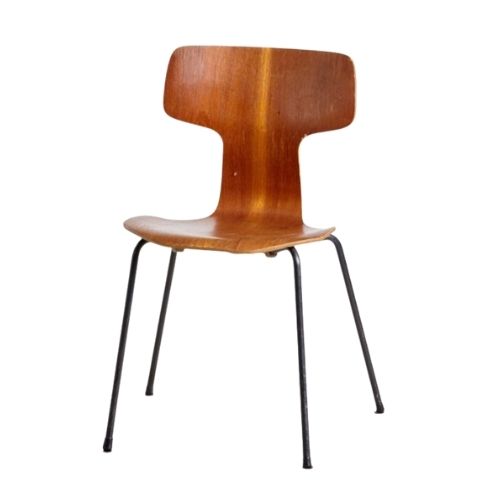how many of you guys think that the design of a car bonnet with respect to the driver is a bad design,I personally feel that its a bad design because a person who has not used that particular car before cannot park the vehicle at a traffic signal junction..since he cannot c the bonnet from his place ,there is every chance of hitting the vehile infront of it ..especially in busy cities or areas..where traffic is a serious problem.
What you talkin about!
I drive one of those little fast jobs and i can only just see out of the windscreen and cant see anything at all through the rear! but i like the car and can park reasonably well?. I reckon that if you cant judge where your bonnet/hood and your rear/tail is you shouldnt be out on your own.
what my exact opinion is, do...
what my exact opinion is, do v really have to remember or memorize or judge where the bonnet exactly lies...it should be designed in such a way that v don really have to memorize where exactly it is...n as u said "if v r able to judge it properly,thr wouldnt b any problem"...wat if u r wrong in ur judgement u will definitely go on to hit the vehicle infront of u..so its definitely a design failure as far as my opinion is concerened.wat do u say?
whether you consider. .
something to be bad design, depends on on your definition of what constitutes good design. As far as i know, there is not one universally fixed definition. A magazine did the exercise awhile ago, and asked 10 prominent desingers what their definition of good design was. A lot of recurring elements appeared, but the order of priority they were put in differed depending on the designer. Some designers also included elements in their definition of good design that others left out. (eg longlasting lines, how important is it to be renewing relative to funtionality of the object etc) Of course, perhaps in part these differences could be accounted for by the difference in degree to which the designer in question had already thought thoroughly about the issue and how his priorities translate into a theoretical manifesto.
But still, formulation inaccuraties aside, i think you would get a different answer asking either Raymond Loewe or Dieter Rams.
Loewe was known for his streamlining of objects (even if not necessary for funtionality e.g. a household vacuumcleaner), and the importance he attached of making objects look good, and radiating futuristic optimism, wich would appeal to the general bying public. I believe he also was involved in designing a couple of very curvy cars.
Dieter Rams, on the other hand, has as far as I know never designed a car, but has made some very cleanlined highly funtional objects for Brown (eg shaving machines, etc). He propagates that the use of an object should be clear from the form and appearance. I remember we had a very nice Brown coffee grinder, with such nice classic lines that decades after, the thing still does not look outdated. It was also intuitively clear how to use the thing (perhaps thats where Bill G gets his claims for Windows from. No, only kidding as slightly irritated with some strange decisions made in windows XP.) Moral of the story: different designers, different outlook. But both are known as icons in the world of design.
Perhaps Dieter Rams would have sympathy for your plee, but I suspect Loewy might perhaps find it secondary to the general line of the car.
ite
contin.
Then again, designers are often employed by car manufacturors. Different brands sell different images: an ALfa Romeo positions itself a car for sportive driving, a Twingo or Smart is a fun quirky citycar, a Volvo is a reliable and safe car. I dont think Alfa Romeo will sell as: a very sportive car, also great for those who need parking help. Sorry, i do not mean for it to sound downputting, but i do think it might be perceived as such by drive- fast- snobs. I think only a limited number of brands would go and would want to be associated with (and think they could sell/score with) values such as 'easy of use'. Other car brands would go for different images. (sadly enough, in my opinion)
Personally though (my own subjective outlook on good design), i think you make a sound point: i think that if the design of an object can offer more comfort (gebruiksgemak in Dutch) to the user of the object, then there should be good reasons NOT to implement it as such. Sound reasons for me would include: problems to put the engine with such and such a line etc (rather practically oriented)
But again, bottom line, a defintion of what consitutes good design seems to be a highly subjective matter.
ite
the corners of cars dive out of site for different reasons at different times..
It used to be done in pursuit of reduced drag, and then in pursuit of the "streamlined" look. Rears have disappeared out of site in quest of a long hood/short deck look that emphasizes engine prominence for a power look. Recently, the EU required car fronts to be smooth, soft and raked enough to minimize injuries to pedestrians in impacts. The sloping front of a car is supposed to cause the pedestrian to slide up onto the car in impact. A shock absorbing bumper solves most of the problem of parking by feel. Imagination the rest. If you think sloping cars are tough to park, try parallell parking a bus.
cite, site, sight
In the late forties or early fifties upright "wands" were seen clamped to the front fenderwell openings -- on at least the curb side of the car) to aid in parking. These have never been seen since, as far as I know. Also available then were "feelers" of spring steel clamped to the bottom of wheel openings, for the purpose of emitting a sound when the car approached the curb.
My new '88 Honda Civic taught me that I can no longer judge easily the width of my car, making parking more difficult. This was the first car I had driven in which the hood is invisible. Not being of a mind to install an offside mirror, I struggle to appear as an adult driver -- though I had never had this difficulty before.
The price of progress ?
ipod
parking a car seeing the front or back (or not) has little to do with the car but with the driver... It is an object whereas you have to feel its width and lenght (as said many say that a car is an extension of mans body). usually i do not have many problems parking my car but once i drove a brittish car (with the steering wheel on the 'wrong' side) and then i had difficulties 'sensing' the cars width. But has no-one some kind of trouble 'sensing' the wheel of an ipod?
If you need any help, please contact us at – info@designaddict.com









